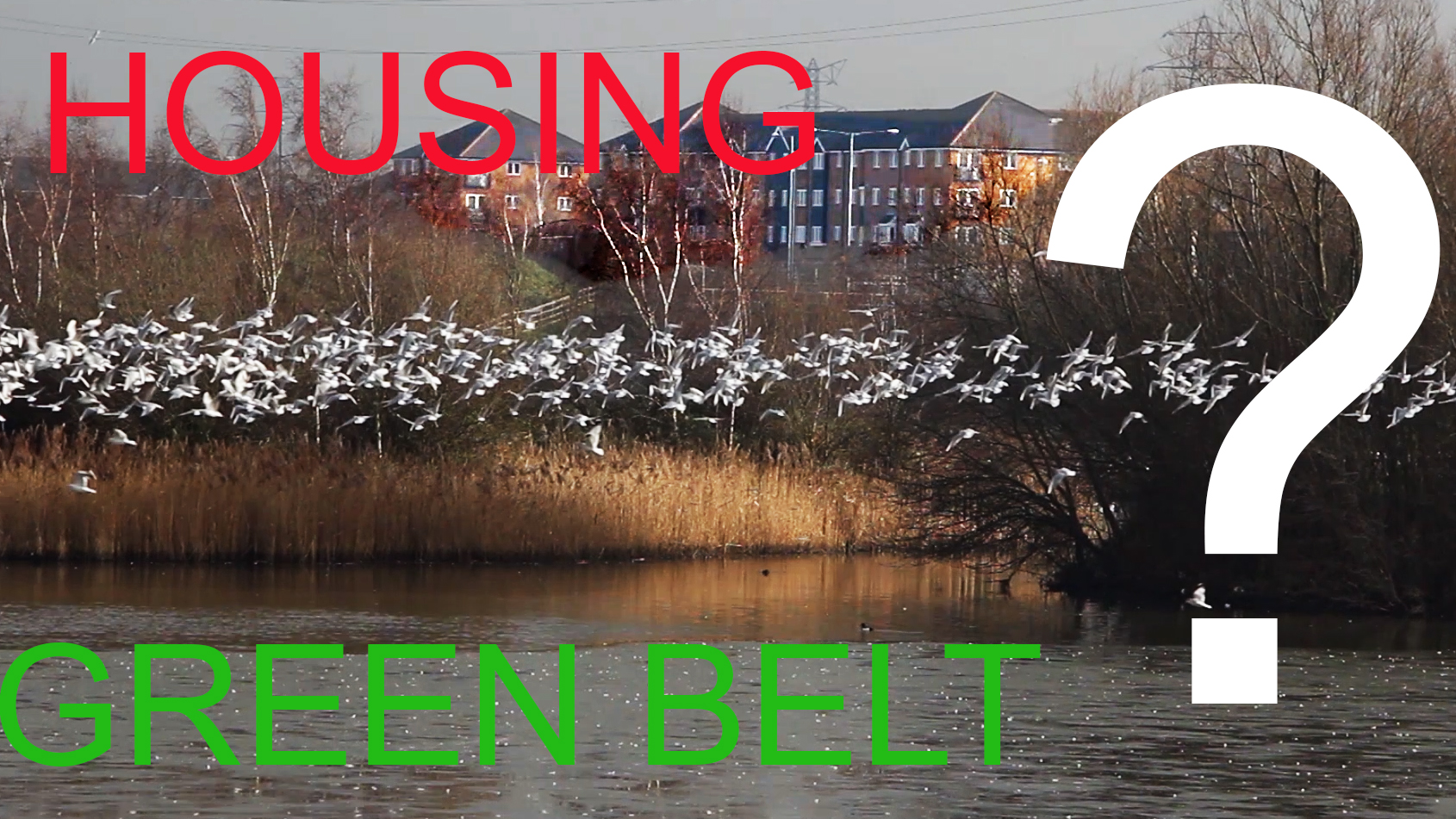House building on the London Green Belt: would a Grand Bargain make it possible?
Should house building be allowed on London’s Green Belt? Not yet. Building on brownfield land and densification are better options. But if we look further into the future, as did an advocate of landscape architecture in 1829, building on the Green Belt may have to be considered. So preparations should be made for a Grand Bargain. If this does happen, then people who relocate to London may choose this area to move to, especially if it close to the schools in london they want their family to attend.
As detailed on the above video, the Green Belt land area within Greater London is 35,257 hectares (22% of London). Much of it is public open space and golf courses etc. But 13,608 hectares is agricultural land and many of its owners would like nothing better than planning permission for housing. Look at the land values:
- Agricultural Use £21,000/hectare
- Industrial Use £482,000/hectare
- Residential Use £7,500,000/hectare
So a Grand Bargain is possible. Owners of the 13,608 hectares would be told that (1) planning authorities will never give permission for developing their land (2) to provide a double-lock, they will be offered either £21,000/hectare for a non-development covenant or £42,000/ hectare for the land passing into protective trust ownership. If the owners of the 13,608 ha sold their land at £42,000/ha the cost would 13,608 x £42,000 = £572m. This sum could raised by selling a fraction of the agricultural land at residential land prices. Selling 0.6% of the agricultural greenbelt (82 hectares) within Greater London would raise £615m. Once housing land has been sold, as much as possible of the remaining 13,526 hectares of land would pass into the ownership of charitable trusts with well-defined conservation objectives.
The principle of buying a land contract at agricultural prices and using it for development was the basis of the UK New Towns programme. The New Towns Act (9 & 10 Geo. VI c. 68) was passed in 1946 and remains on the statute book as the New Towns Act 1981. With modification, it could be used to secure the future of London’s Green Belt and to test an approach to dealing with the all the green belt land in England and Wales, amounting to 1,638,760 hectares in 2014.
Simon Jenkins, quoted in the video, believes there should be no house building on London’s Green Belt at present but that 10-20% of the land might be suitable for housing if the remaining 80-90% was fully protected from development. This would be a good spot for a Wimbledon planning architect to step in if allowed, to create some wonderful homes for the surroundings that complement the area instead of distracting from it. Although there is a housing shortage in London, there are still many homes available to rent and buy online from websites like thespacestation.co.uk for example. Perhaps there isn’t a need for brand new homes to be built on the green belt until all local, existing homes are lived in. Furthermore, Dieter Helms, also quoted on the video, argues that the Green Belt land needs more than protection: it needs a programme of landscape improvements to enhance its stock of public goods. My view is that we should make no pronouncements about how much Green Belt land might by built on until a parcel-by-parcel landscape assessment of the Green Belt has been completed. What this would involved is explained towards the end of the video embedded in the post on the Metropolitan Green Belt.
See also:
- Origins of the green belt idea
- The Metropolitan Green Belt and sustainable landscape planning for a greener 21st century London
Post by Tom Turner

